'What visual mischief can I indulge in?' Illustrator Kabini Amin on her illustration process
Posted by Yamini Vijayan on March 30, 2018Over the last couple of years, Kabini Amin has illustrated three wonderful books for Pratham Books. In this short e-mail interview, Pratham Books editor Zeba Imtiaz talks to Kabini about her illustration process, approach and inspiration.
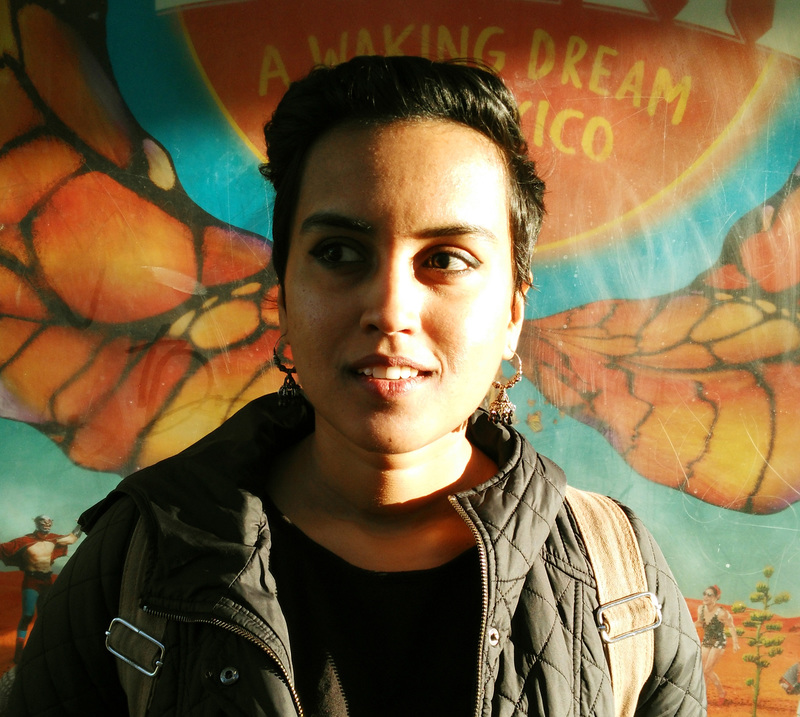
Do you think there's a difference between illustrating for adults and children?
Not particularly. Over time I've come to realise that there's a child in each of our adult-sized bodies, and every child is a complete person in themselves. The more kids I meet, the more they blur these differences between 'adult' and 'children' for me. Same holds true for the adults I meet too!
I might tweak my vocabulary a bit here and there, much like when we talk to children, but I think the last thing they need is to be talked down to, and that should reflect in the pictures as well.
Having said that, what I enjoy the most about illustrating for children is the room that the genre allows for being whimsical, silly, playful, as compared to content for 'adults'. Which is sad because we all need more of those qualities in our lives!
A greater difference exists, I think, in illustrating for people of different cultural and soci-economic groups. It is here that one has to take into account visual literacy and language, and that's really what can be challenging, and interesting as an illustrator.
Your style was very varied in Dum Dum-a-Dum Biryani, Kalpana's Cycle, and Creatures of Old. How do you choose a particular style and medium for a story?
I think I mostly let the style choose me! Every time I've tried to be bullish and enter a project with a style in mind, it has ended up being a block. For me, the content and tone of the story are what first inform the style. Of course, as an illustrator, I bring in my perspective through the choices I make; do I supplement or subvert the content? What additional information can I contribute through the visuals? What visual mischief can I indulge in? And it is this kind of questioning that helps me craft a particular style for a story.
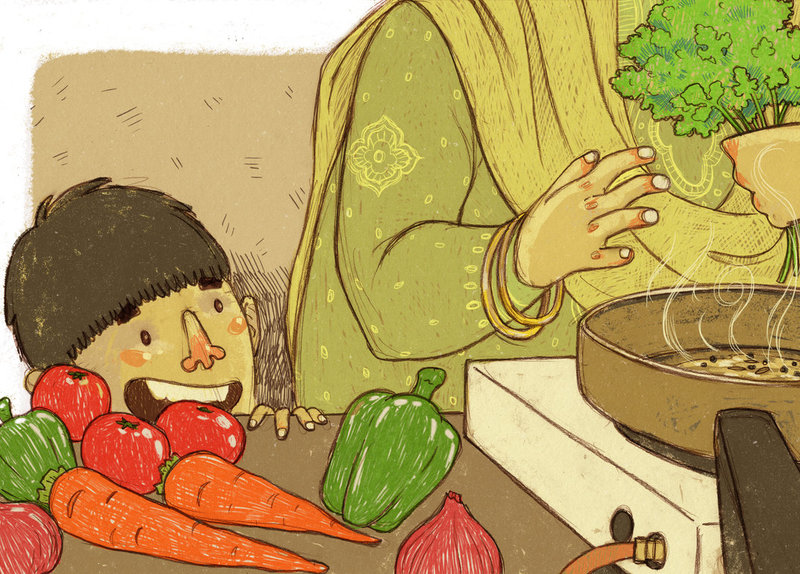
What kind of research and preparation goes into illustrating a book for children? For instance, what research went into illustrating 'Creatures of Old'?
Like I mentioned earlier, I think the preparation does depend on the kind of audience of children being addressed.
While illustrating for 'Creatures of Old', I was quite lucky to be living and working amongst biologists and herpetologists who enthusiastically shared with me books and photographs of fossils and various reptiles. I also spent some time stalking chickens.
So there was some amount of study of reptiles and birds that went into the drawings.
But, more than deep dives into anatomy and such specific research, I had a central question; how can I depict dinosaurs? I was never much of a dino nerd, even though I'm really into biology, and I never really cared for the fanged and hyper muscular depictions of dinosaurs in popular media. I wondered if I could show these animals as goofy beings, bumbling and crashing their way through primordial forests, and paleontology as a wondrous science that solves the puzzles of our biological history.
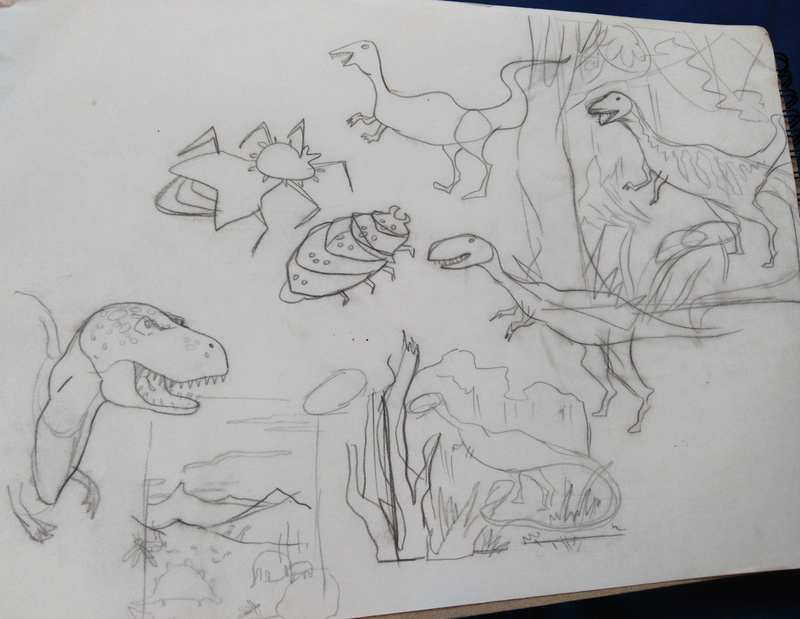
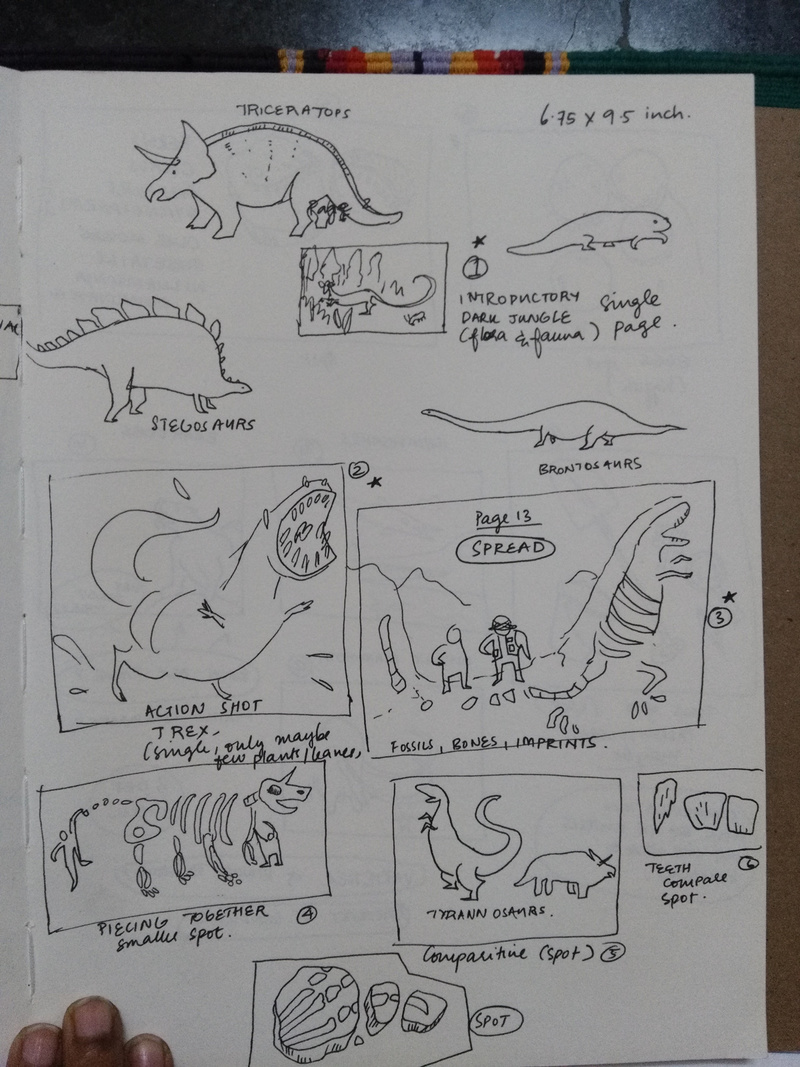
How do you find inspiration for your work?
Inspiration is everywhere, really. More often I'm fighting an overflow of ideas rather than a lack of it.
But if I am feeling dry and dusty, I try to step outside, go for a walk, or play with an animal, buy groceries, meet a friend, listen to music, make soup. Basically try to get out of my head, give myself some room to process whats going on and make creative connections.
What do you most enjoy illustrating?
That's a tricky question. I consider illustration a medium of visual communication, and as such it is the brief and context of the project that often excites me more. I'll look for what it is about the project that is interesting, and that makes whatever I have to depict interesting too!
But if you're asking me what I like to draw, then it's mostly everything. People, faces, characters, plants and their parts, animals, textures, lately I've been drawing a lot of landscapes. Everything. Except cars and airplanes, I find them to be a bore.
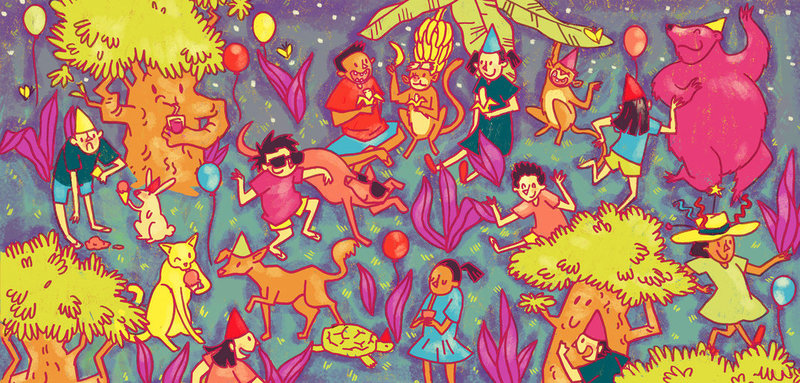
We noticed that you travel a lot. Do your travels influence your art?
Well, travel affects me as a person, and that finds articulation in my art. There are obvious things like the fact that the world, it's landscapes and people are so diverse and magical that travelling to a new place can be like a concentrated shot of sensory inspiration! There are so many new, exciting things to see on this planet! And some of these places and faces end up shaping the places and faces I have to draw. For instance, I was able to clearly visualise the landscapes in Creatures of the Old thanks to the gorgeous and harsh Death Valley desert in California that I had visited a couple of years ago.
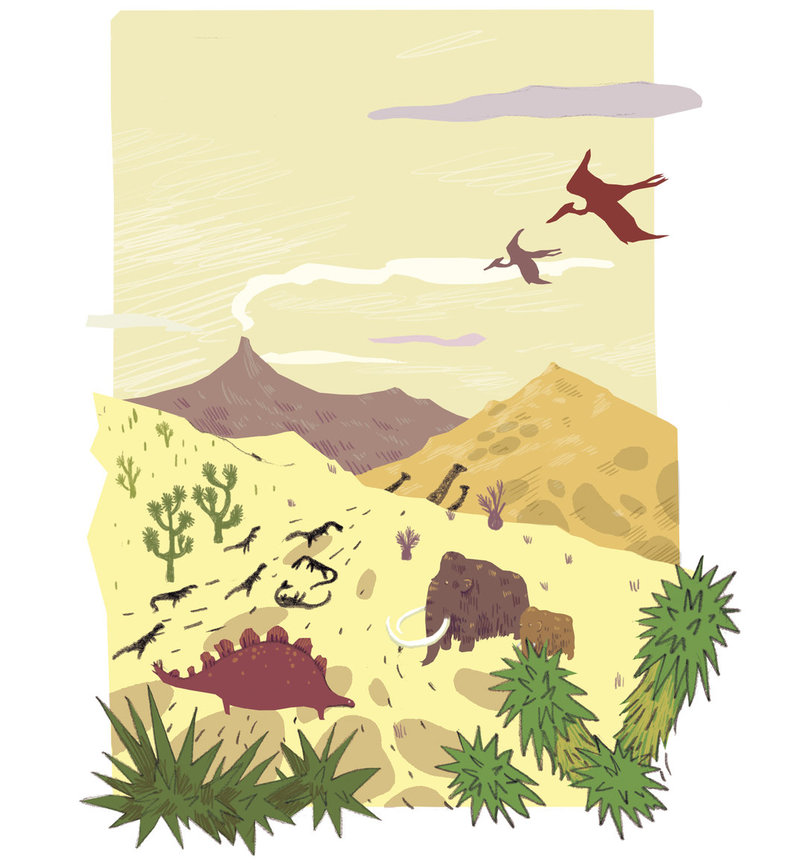
I also like travelling to understand the various ways in which we are connected, the ways in which we are all subject to the same forces of life and nature. Also to acknowledge all the ways in which we are diversely different. What I hope for, is for all this roaming around to add to my meta understanding of how this world works. And this understanding does end up tinting my work with a certain sensibility.
Kabini Amin graduated as an animator from the National Institute of Design, Ahmedabad. Fascinated by the image-making process and stories in general, she is interested in the medium of illustration as an exploration ground. When not drawing, she likes reading non fiction and undertaking gastronomic adventures. You can read her stories Creatures of Old, Kalpana's Cycle, and Dum Dum-a-Dum Biryani for free on StoryWeaver. These are available in English, Hindi, Marathi, Kannada and Tamil.
Be the first to comment.#FreedomtoRead2020: Theresia Alit on creating a digital library of 50 storybooks in Basa Jawa
Posted by Remya Padmadas on March 11, 2020
Theresia Alit is a freelance translator, who translates books from English-Javanese to Bahasa Indonesia-Javanese and vice versa. She is passionate about creating a repository of storybooks in her mother tongue, Basa Jawa, as she feels that the number of people who tell children's stories in Basa Jawa is decreasing. Previously, she has worked on translating stories into Javanese for a project called Serat Kancil. As part of the Freedom To Read 2020 campaign, she has created a digital library of 50 storybooks in Basa Jawa.
In this email interview, Theresia writes about translating books into her mother tongue and the importance of creating children's books in the Basa Jawa.
Do tell us about yourself, your interests, your work.
My name is Theresia Alit, and I am from Indonesia. I am a freelance translator, and I work on translations from English-Javanese to Bahasa Indonesia-Javanese and vice versa. Speaking of interests, I am very interested in traditional culture, languages and people.
We would love to learn about your personal relationship with Basa Jawa - do tell us about it.
I am a native speaker of Basa Jawa, and was raised speaking the language. I find it sad that a lot of people in the younger generation of today do not really speak or understand Basa Jawa, despite it being their mother tongue.
How did you come across StoryWeaver and the Freedom to Read campaign?
I came to know about StoryWeaver and your Freedom to Read campaign on Twitter, from a retweet by the Wikitongues account.
Why do you think is it important to have children’s books in Basa Jawa?
I feel that it is extremely important for the younger generation to learn and read Basa Jawa. In fact, yesterday, I did a campaign with a community of small children, and they were really enthusiastic about reading stories in the language!
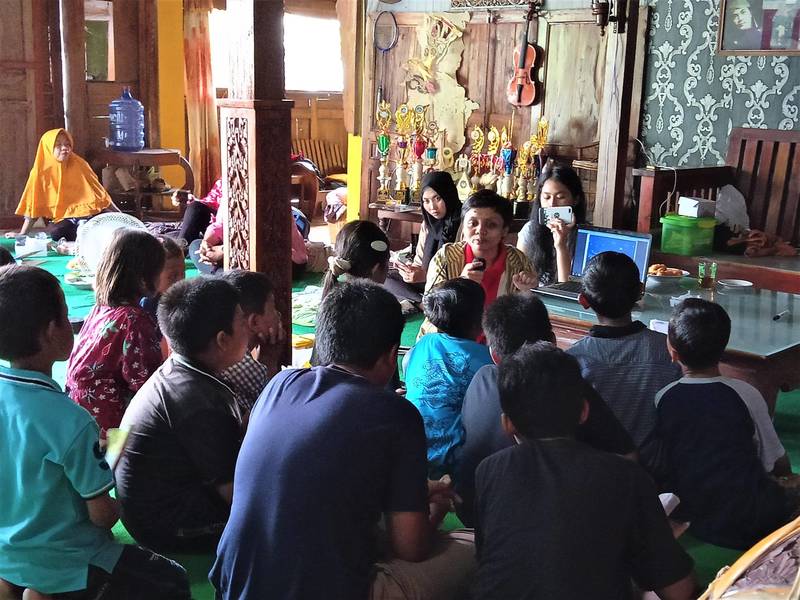
Theresia Alit conducts reading sessions for children in Basa Jawa in Indonesia
Of the 50 storybooks that you translated, which story would be your favourite and why?
I really enjoyed the book, Bayi gajah kang penasaran. It's so funny!
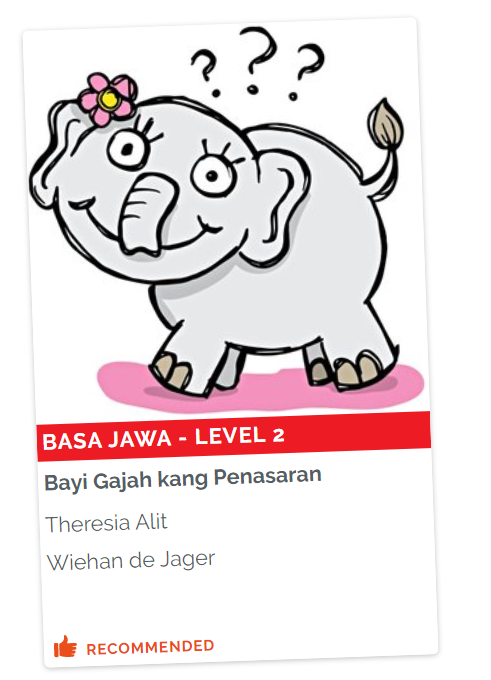
What are some of your favourite books from childhood? Is there any memorable reading moment that you would like to share?
Some of my favourite books are The Little Prince, Asterix and Obelix, Uthak-uthak Ugel (folktale), etc. When I read a book, I feel that I am moving into another world altogether. (just like Puchku!)
You can read all of Theresia Alit's translated storybooks here.
Do join the conversation by leaving your thoughts in the comments section below. You can also reach out to us through our social media channels: Facebook, Twitter and Instagram.
comment (1)StoryWeaver celebrates International #MotherLanguageDay by launching open digital libraries for children in 100 languages.
Posted by Pallavi Krishnan on February 21, 2019“Linguistic diversity is increasingly threatened as more and more languages disappear. Globally 40 per cent of the population does not have access to an education in a language they speak or understand.” - UNESCO International Mother Language Day website
Since 2000, the United Nations has observed February 21 as International Mother Language Day to promote linguistic and cultural diversity and multilingualism. This year, StoryWeaver marks the occasion by opening a gateway to digital libraries in 100 languages for children across the world and thereby addressing the scarcity of books for children in their own languages.
To achieve the milestone of 100 languages, StoryWeaver has collaborated with a global network of organisations and individuals who are helping create this vast resource of children’s storybooks, as part of its ‘Freedom to Read’ campaign.
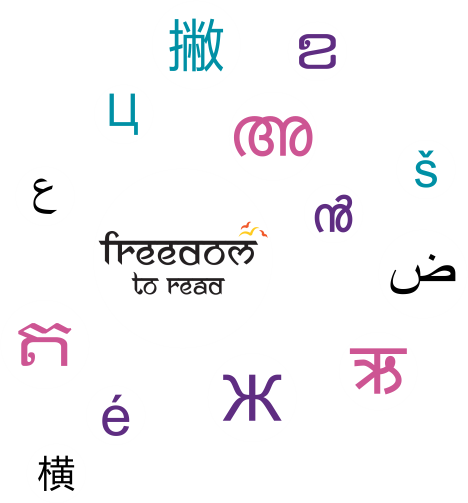
Our partners encompass national and international organisations, as well as language champions who share our passion for creating reading resources for children in their mother tongue languages. Partners like Azad India Foundation, AfLIA (African Library Information Associations and Institutions), Darakht-e Danesh Library, Little Readers' Nook, North East Educational Trust, REHMA, Right To Play, SNS Foundation, Suchana, Unnati Institute for Social and Educational Change and language champions like Agnes N.S. Nyendwa, Amit Dudave, Ana Jovic, Ankit Dwivedi, Kaye Suscang, Maharani Aulia and BE Priyanti, Nguyen Dac Thai Hang, Priya Bhakthan. The languages are varied - from mainstream languages like Afrikaans, French, German, Hindi, Italian, Spanish, Tamil, Telugu and Urdu, tribal languages like Gondi, Korku, Kora and Santali, endangered languages like Occitan to indigenous languages like Chatino, Mixe and Triqui and underserved languages like Assamese, Basa Jawa, Basa Sunda, Bhojpuri, Bundelkhandi, Igbo, Marwari, Sindhi and Surjapuri,
Collaboration has been the cornerstone of the StoryWeaver community, and the high quality of the translations - endured by a rigorous system of peer review - stands testament to the commitment of every contributor to "Freedom to Read".
These partners will take these digital reading resources even further - to serve children around the world, and help them read in their mother tongue languages. AfLIA (African Library Information Associations and Institutions) will roll out their continent-wide reading promotion ‘Read Africa Read’ with the same storybook titles in different languages across Africa. The Ghana Library Authority has already downloaded a book translated into Ewe in the e-readers in the Library and read it aloud to children on the World Read Aloud Day. The SNS Foundation in Rajasthan is working towards building a hyperlocal library of 100 Marwari books which will be used in 1,500 schools in Rajasthan.
The troubling statistic of 40% of the global population not having access to education in a language they speak or understand translates to over 2 billion people who would benefit from having books in their mother tongues.
“Through StoryWeaver, increasing access to quality reading resources for children has been made possible like none other. We are also grateful to collaborate with like-minded partners whose primary mission -- like ours -- is to get every child to read,” shares Suzanne Singh, Chairperson, Pratham Books.
Click here to take a look at a short video on the Freedomto Read journey.
Be the first to comment.